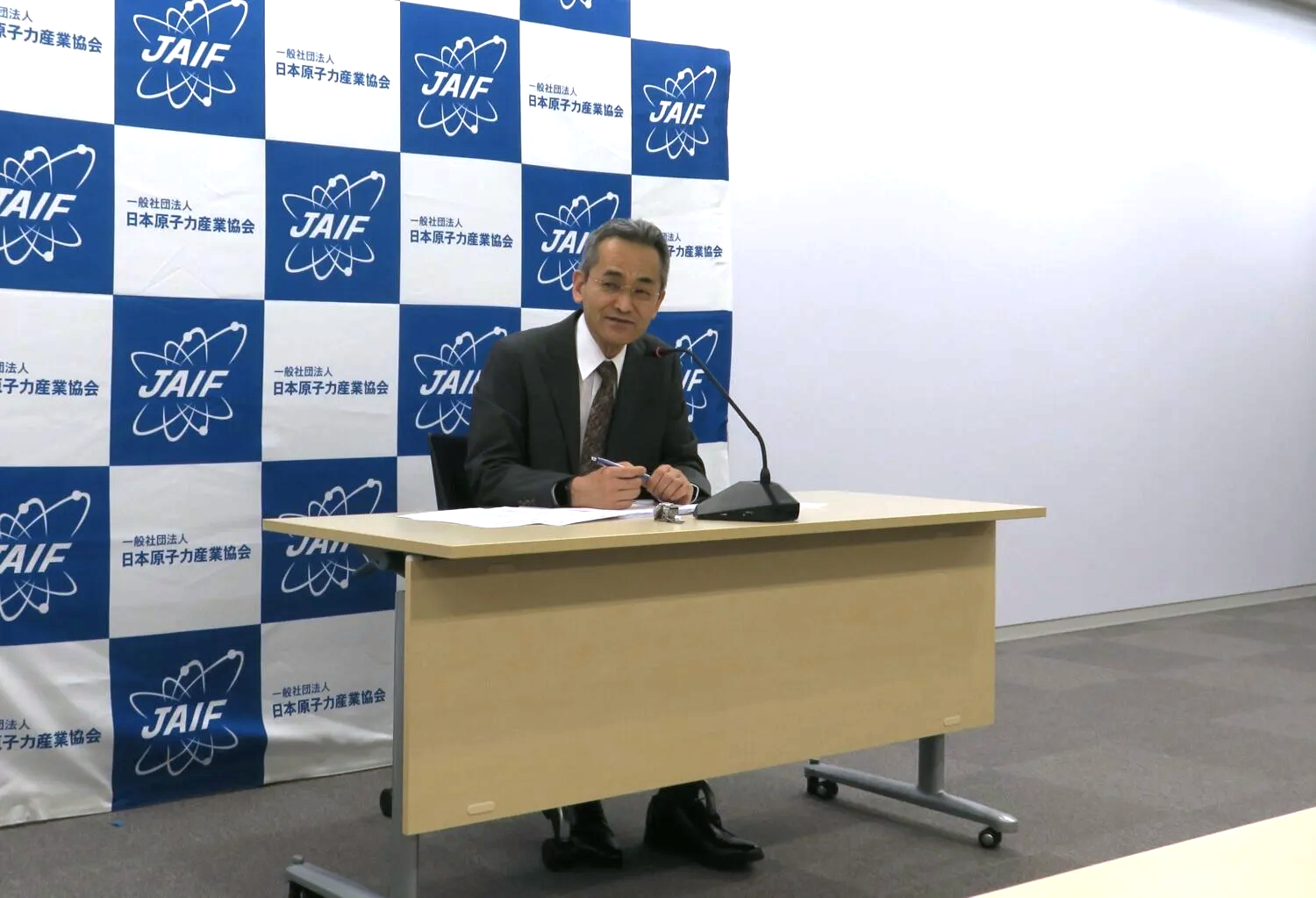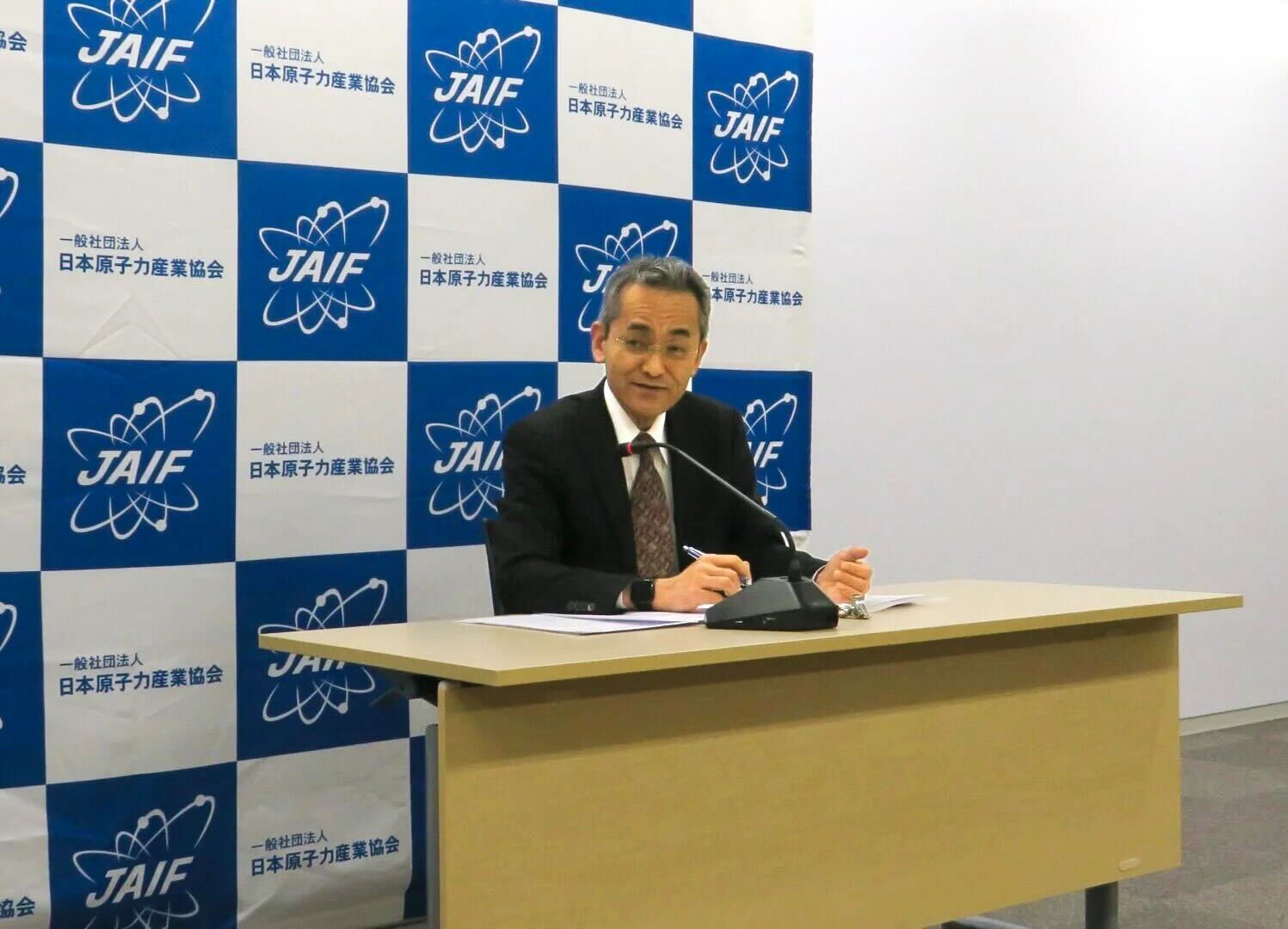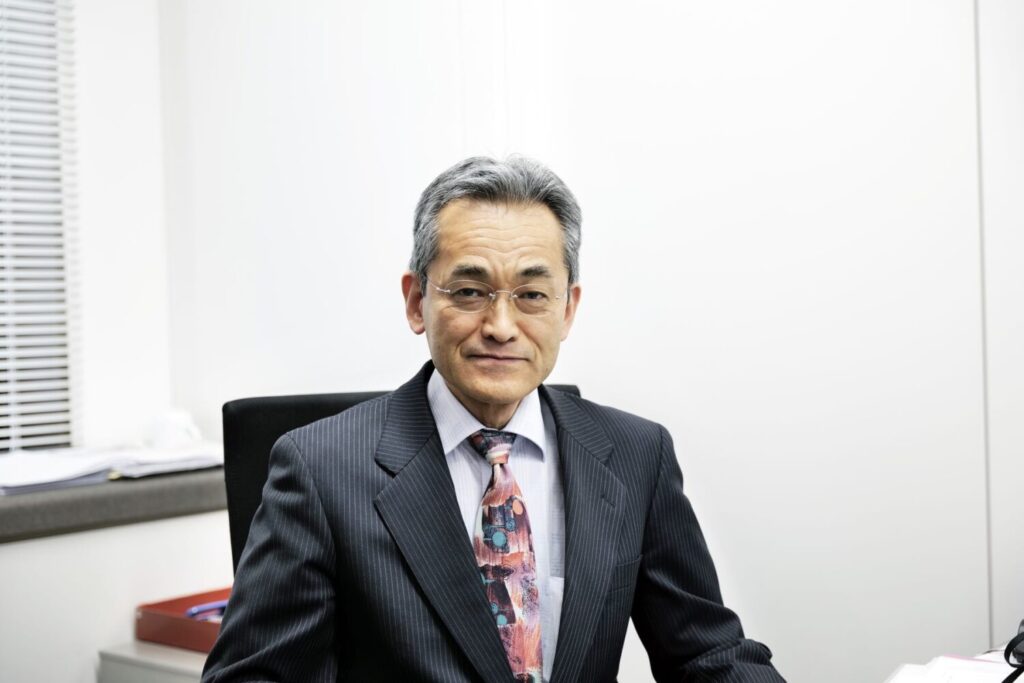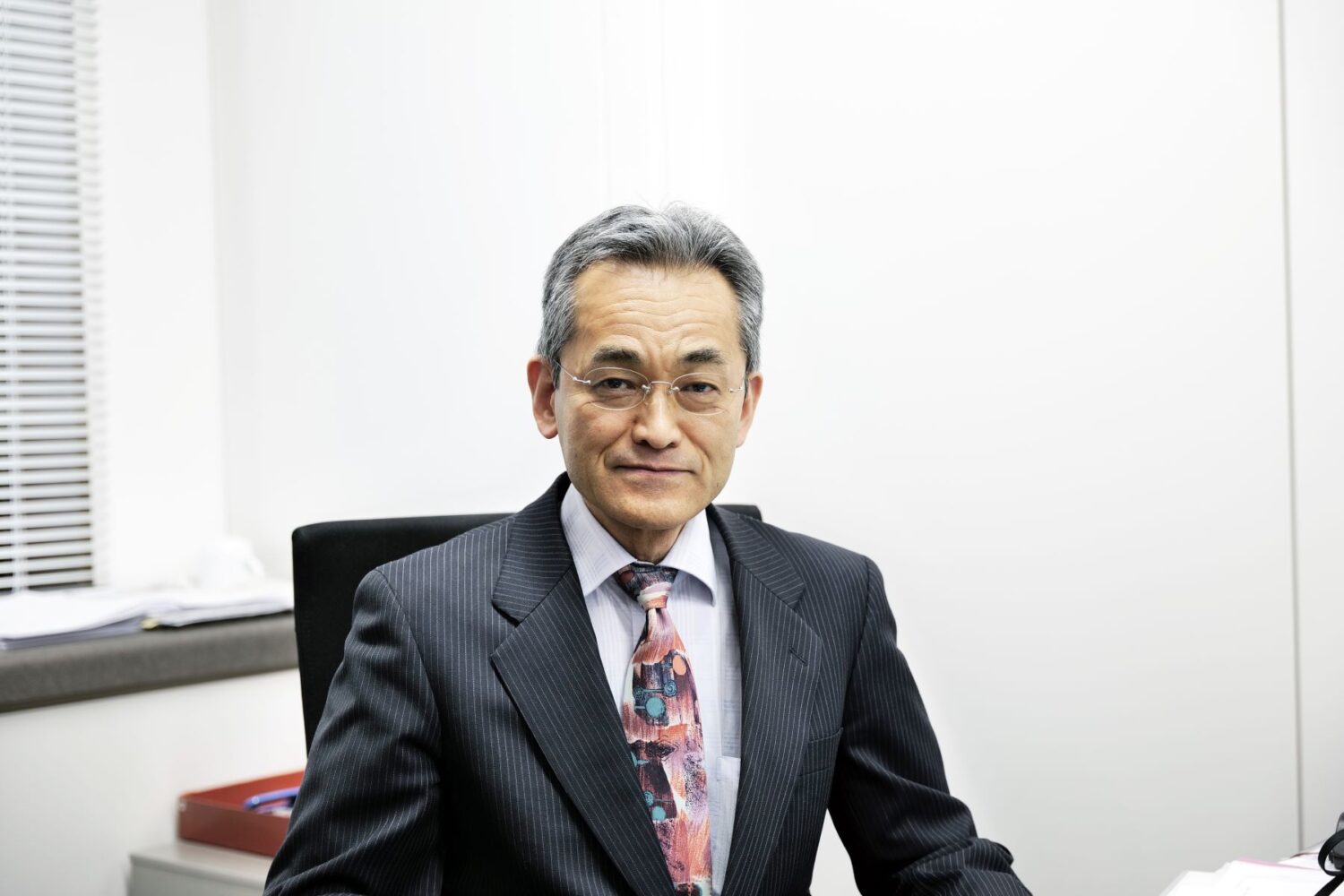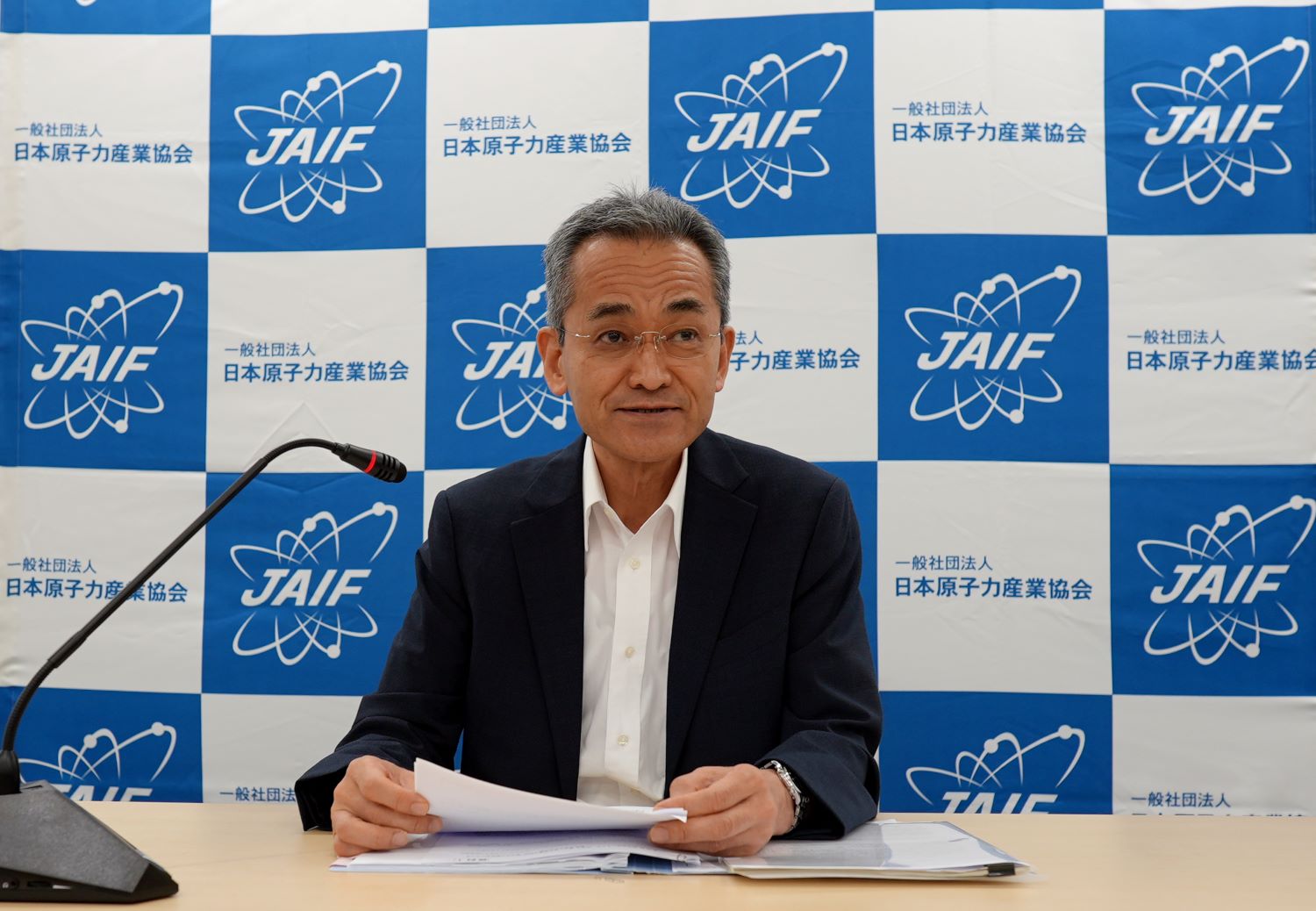Moreover, many simply feel unease about radiation: not only its uses for power generation, but also in medicine and industrial applications. Among the health effects of radiation, cancer gets the most attention. From epidemiological studies of the bomb survivors from Hiroshima and Nagasaki, it is known that high-dose (and high-dose-rate) radiation increases cancer risk.
Low-dose (and low-dose-rate) radiation can also do so, but to degrees that are quite small. Epidemiological methods are limited in that they do not distinguish among or evaluate cancer risk factors, including lifestyle and stress.
Accordingly, from the viewpoint of radiation protection, the International Commission on Radiological Protection (ICRP)—an international organization that issues guidelines for radiation protection and other matters—advises or recommends radiation management based on the model of the linear no-threshold hypothesis (LNT).
That means that even if radiation levels are assumed to present a cancer risk even if they are extremely close. Experts and specialists, however, have yet to conclude whether low-dose (and low-dose-rate) radiation actually increases risk.
Researchers are rapidly developing regenerative technology using stem cells in the medical field, and are conducting precise research and studies on cancer. Under such circumstances, they have identified a new carcinogenic mechanism as originating from so-called cancer stem cells; with similar characteristics to stem cells.
The new mechanism is also a focus of attention in the area of radiation protection. In December 2015, the ICRP highlighted a direction for basic research in Publication 131: “Stem Cell Biology with Respect to Carcinogenesis Aspects of Radiological Protection.”
As research continues, the role of radiation in carcinogenesis ought to be scientifically ascertained. Several currently unanswered questions—including the identification of a “floor” below which no damage accumulates in the body from low radiation doses and dose rates, thus representing no radiation risk—might also find a solution. Not only should that provide useful knowledge in terms of radiation protection; but it should also help eliminate some of the unease that people feel about radiation.
We are watching those new studies with keen interest for their promise beyond conventional, fixed concepts, and hope that not only the medical world but the nuclear industry is paying due attention to them.





